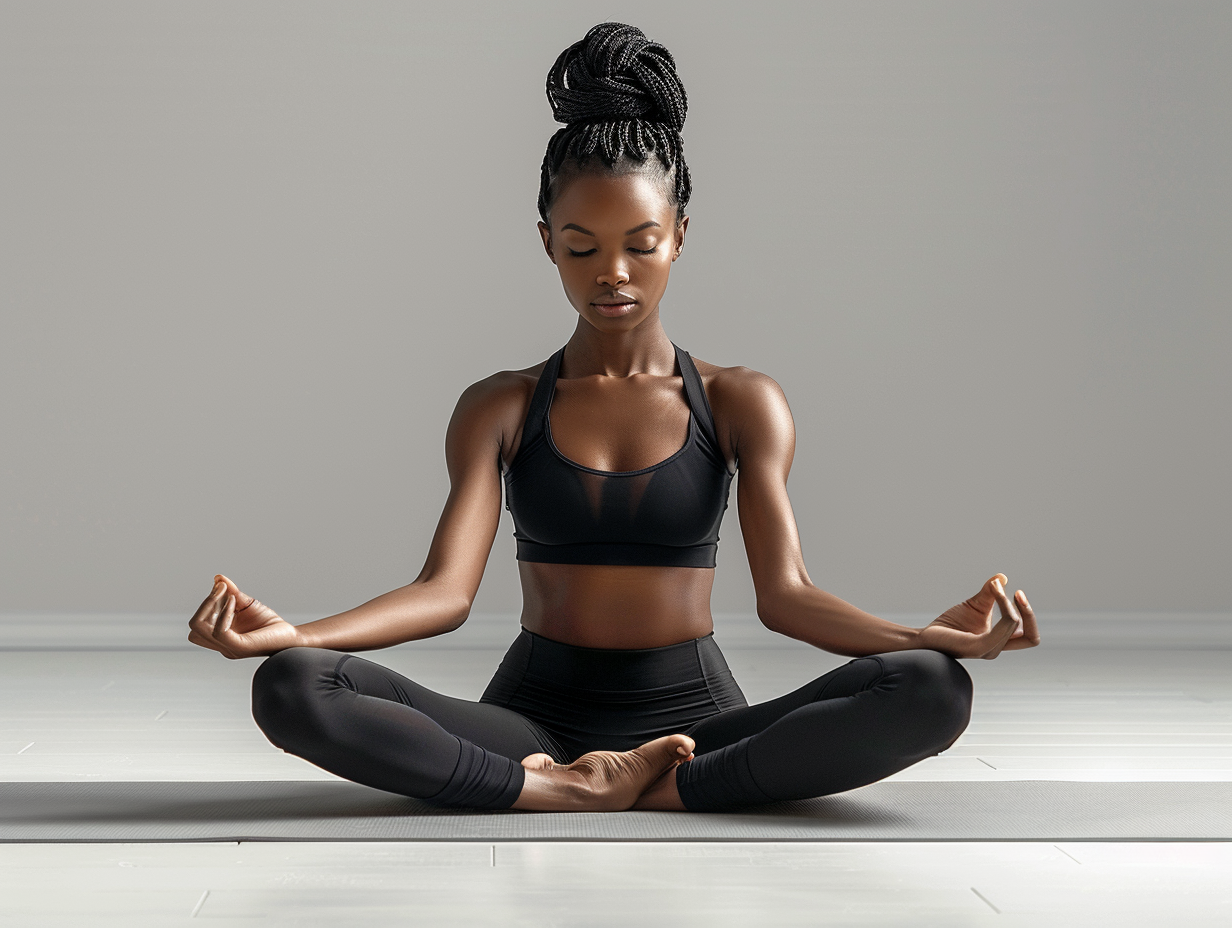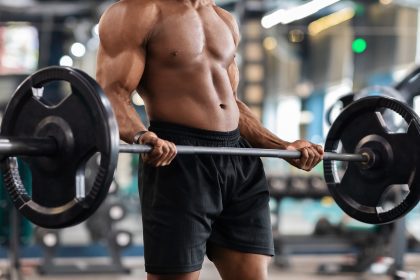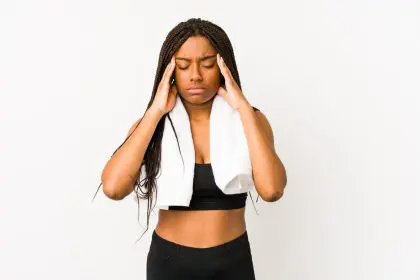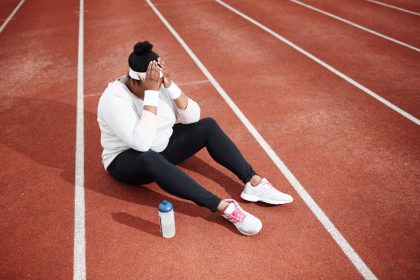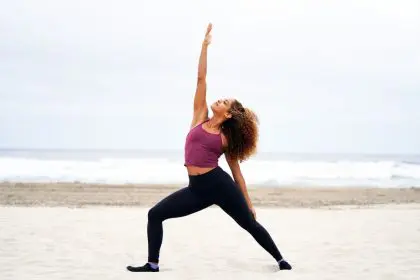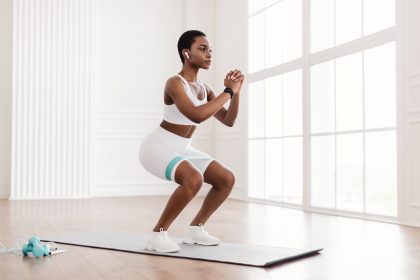The path to better health doesn’t always require intense workouts or complicated routines. Sometimes the most powerful transformations come from simple, mindful movements. These carefully selected yoga poses offer a perfect starting point for anyone seeking to improve their physical and mental well-being.
The foundation of your practice
- The child’s pose serves as your home base in yoga, offering both physical and mental relief. Begin by kneeling with your big toes touching and knees wide apart. As you exhale, lay your torso between your thighs and extend your arms forward, feeling a gentle stretch across your back. Your forehead rests softly on the mat, creating a sense of calm and grounding.
- If you experience any discomfort, place a folded blanket between your thighs and calves. Remember to breathe deeply, allowing each exhale to help you sink deeper into the pose. This gentle position releases tension in your lower back, hips and ankles while calming your nervous system.
- The cat-cow stretch brings fluidity to your spine through gentle, rhythmic movement. Start on your hands and knees, aligning your shoulders over your wrists and hips over your knees. As you inhale, drop your belly toward the mat, lifting your chest and chin. With each exhale, round your spine toward the ceiling, tucking your chin to your chest.
- Moving through this sequence helps lubricate your spinal joints and strengthens the muscles supporting your back. Practice this movement with awareness, noticing how each vertebra participates in the wave-like motion. If you have any neck sensitivity, keep your gaze focused on the floor rather than lifting your head.
Building strength and flexibility
The downward facing dog represents a cornerstone of yoga practice, offering multiple benefits in one powerful pose. Begin on hands and knees, then lift your hips toward the ceiling, creating an inverted V-shape with your body. Press your palms firmly into the mat and reach your heels toward the floor.
This pose strengthens your shoulders while stretching your hamstrings and calves. Many beginners feel intense sensation in their legs at first. Remember that keeping your knees slightly bent is perfectly acceptable as your flexibility develops.
Opening your heart
The cobra pose awakens your upper body and counteracts hours spent hunching over devices. Lie face down with your palms beside your chest. Press the tops of your feet into the mat and slowly lift your chest, keeping your lower ribs connected to the floor.
Focus on drawing your shoulder blades together and down your back rather than pushing to achieve maximum height. This mindful approach prevents lower back compression while building strength in your spine’s supporting muscles.
Energizing your core
The bridge pose activates your posterior chain while opening your chest and shoulders. Lie on your back with knees bent and feet flat on the floor. Press into your feet and lift your hips, engaging your glutes and hamstrings. If comfortable, clasp your hands beneath your body, rolling your shoulders under to create more space in your chest.
Remember that yoga isn’t about achieving perfect poses but rather about developing awareness and connection with your body. Start where you are, using modifications whenever needed. Consistent practice yields better results than sporadic intense sessions.
Proper alignment prevents injury and maximizes benefits. In each pose, imagine creating length in your spine. Keep your breath steady and smooth, using it as a guide for intensity. If you can’t breathe comfortably in a pose, ease back slightly.
The power of modifications
Modifications make yoga accessible to everyone regardless of flexibility or strength level. Use props like blocks, straps or blankets to support your practice. These tools help you maintain proper alignment while working within your current capabilities.
As you practice these poses, pay attention to how your body responds. Notice which areas feel tight or strong. This awareness helps you adjust your practice to serve your body’s needs while preventing injury.
Beyond physical improvements, these poses calm your mind and reduce stress. The combination of movement and breath awareness creates a moving meditation, helping you develop focus and emotional balance.
Creating your routine
Start with 10-15 minutes daily rather than longer, irregular sessions. This consistency allows your body to adapt gradually while building a sustainable habit. Practice at the same time each day to establish a routine.
As these poses become familiar, you’ll discover new layers of awareness and ability. Remember that progress in yoga isn’t linear. Some days will feel easier than others. Accept this variation as part of the journey.
Your yoga practice offers a path to better health and deeper self-understanding. Approach it with patience and curiosity, allowing each session to teach you something new about yourself.

